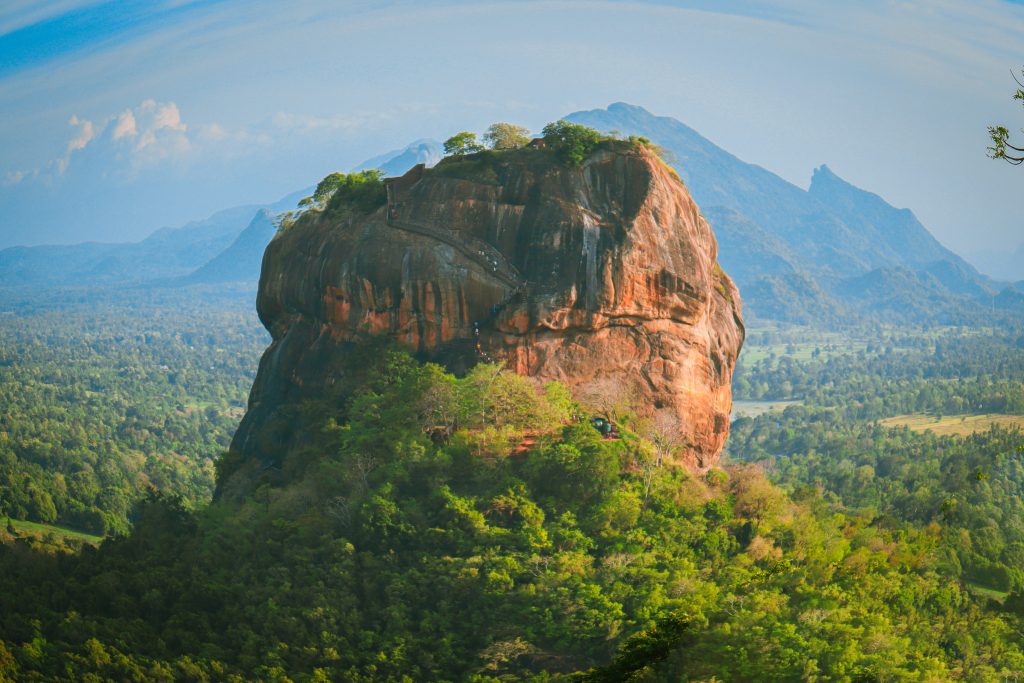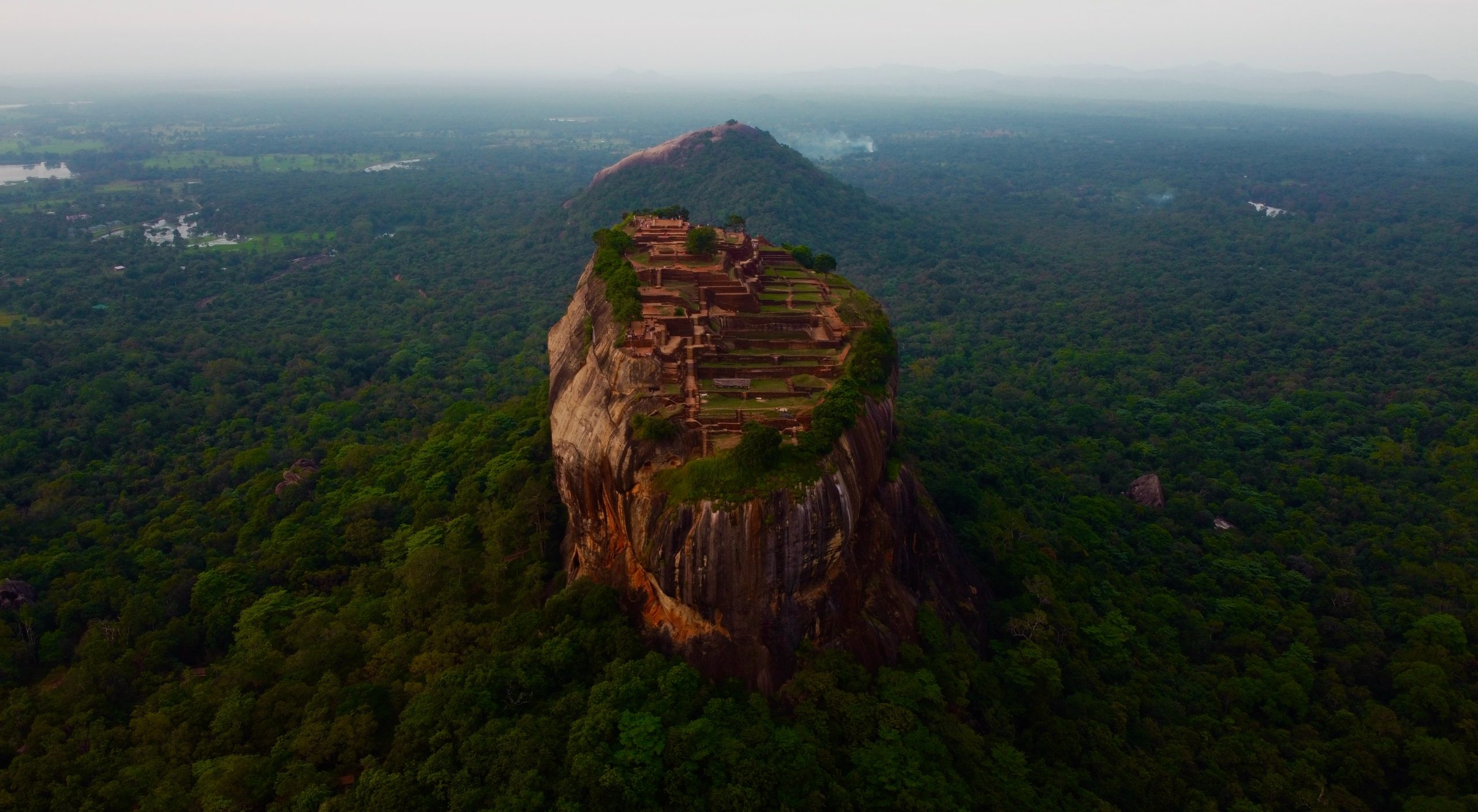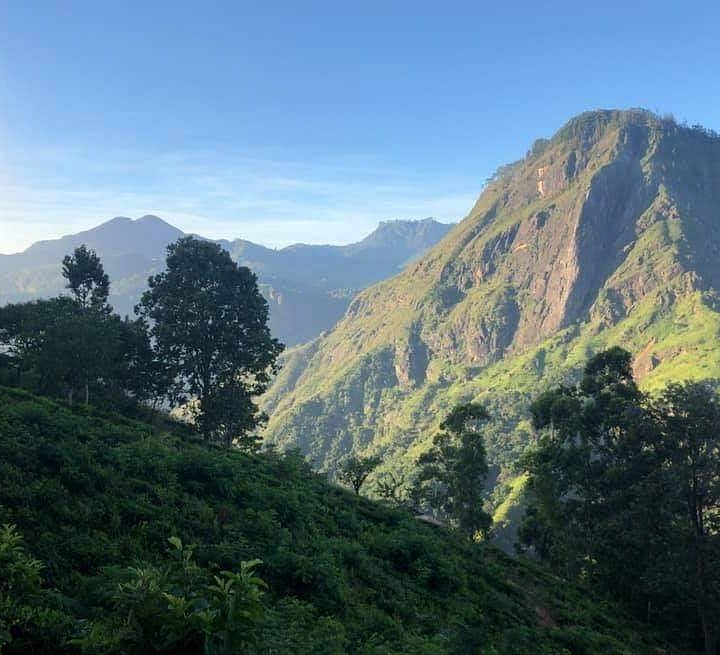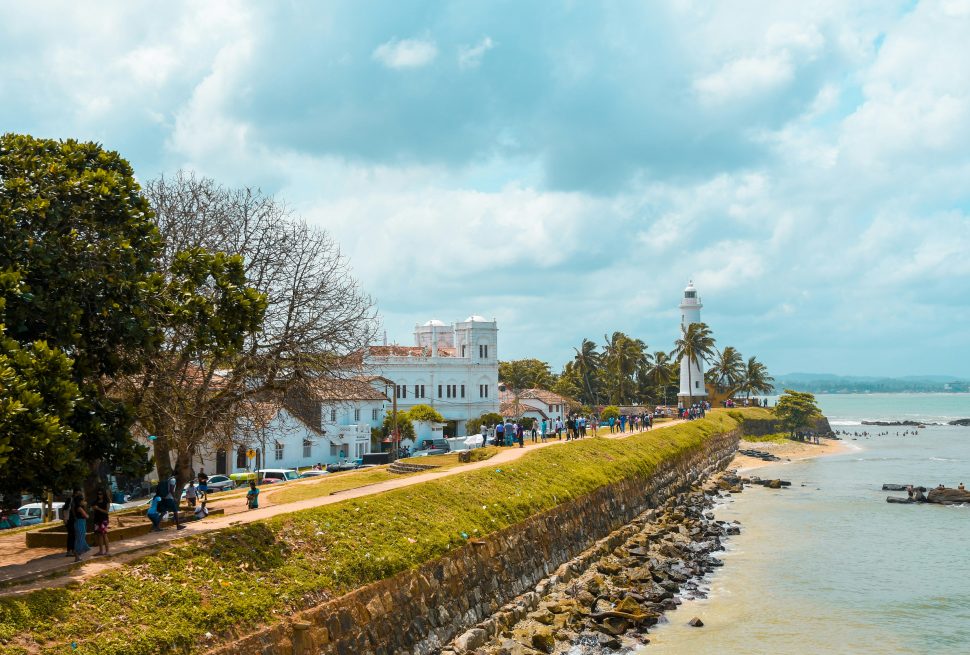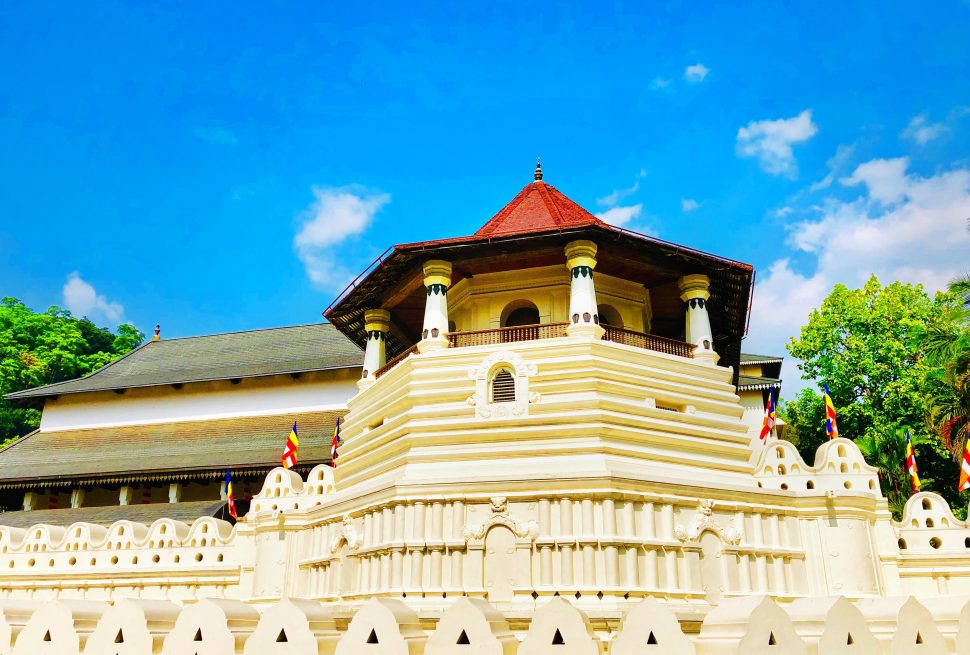Sri Lanka, an island nation brimming with natural beauty and cultural heritage, is home to countless historical landmarks. Among these, Sigiriya stands out as a monumental symbol of Sri Lankan history and architecture. Known as the Lion Rock, Sigiriya is a UNESCO World Heritage site that captures the imagination of travellers from around the globe. At Ceylonka Travels, we believe that exploring Sigiriya is not just about visiting an ancient site but embarking on a journey through time, art, and nature.
The Historical Significance of Sigiriya
Sigiriya’s history dates back to the 5th century AD, during the reign of King Kasyapa. After a dramatic ascent to power, Kasyapa moved the capital from Anuradhapura to Sigiriya, seeking to fortify his reign against potential threats. The formidable rock, rising nearly 200 meters above the surrounding plains, provided the perfect natural stronghold. Kasyapa transformed this massive granite outcrop into a splendid city, complete with palaces, gardens, and intricate water features.
The rock fortress is believed to have been the site of Alakamandava (the City of the Gods) built by King Kasyapa. The king’s vision and ambition are evident in the complex’s sophisticated design and the remnants of luxurious palaces that once adorned the summit. Today, Sigiriya is a symbol of the golden age of Sinhalese civilization and a testament to the ingenuity and creativity of its people.
Architectural Brilliance and Engineering Feats
The architectural ingenuity of Sigiriya is a marvel of ancient engineering. The site is divided into three main sections: the gardens, the mid-level terrace, and the rock summit. Each section showcases the advanced understanding of urban planning and hydraulic engineering of the time.
1. The Gardens
At the base of Sigiriya, visitors encounter the Royal Gardens, which are among the oldest landscaped gardens in the world. The gardens are divided into three distinct types: water gardens, cave and boulder gardens, and terraced gardens. The water gardens are particularly noteworthy for their advanced hydraulic systems, which include sophisticated channels, ponds, and fountains that still function today. These features highlight the ingenuity of the engineers who used principles of gravity and pressure to create a lush and serene environment.
2. The Mid-Level Terrace
As you ascend Sigiriya, you reach the mid-level terrace, home to the famous Lion Gate. This terrace once featured a massive sculpture of a lion, with its colossal paws still visible today. The lion served as a symbolic guardian to the entrance of the palace complex, and it is from this lion that Sigiriya derives its name, which means “Lion’s Rock” in Sinhalese.
The Lion Gate leads to a series of galleries and staircases that wind their way up the rock face. Along this path, visitors encounter the Mirror Wall, a highly polished surface that once allowed the king to see his reflection. Over the centuries, the Mirror Wall has become a canvas for ancient graffiti, with inscriptions dating back over a millennium. These inscriptions offer valuable insights into the thoughts and feelings of visitors from various periods.
3. The Rock Summit
The summit of Sigiriya is where the true grandeur of King Kasyapa’s vision comes to life. The extensive ruins of the king’s palace include the foundations of grand halls, living quarters, and water reservoirs. The panoramic views from the summit are breathtaking, providing a 360-degree vista of the surrounding countryside. This vantage point served both as a strategic lookout and a serene retreat for the king.
The Enigmatic Frescoes of Sigiriya
One of Sigiriya’s most captivating features is the gallery of frescoes located halfway up the rock. These frescoes depict celestial maidens, known as “Apsaras,” who are believed to represent either royal attendants or heavenly beings. Painted with natural pigments, these frescoes have survived the ravages of time, preserving their vivid colors and intricate details.
The frescoes are housed in a sheltered pocket of the rock, ensuring their protection from the elements. The artistry displayed in these paintings is a testament to the cultural and aesthetic values of the time, showcasing the skill and creativity of ancient Sri Lankan artists.
The Cultural and Religious Significance
Beyond its architectural and artistic marvels, Sigiriya holds deep cultural and religious significance. The site is thought to have been a center for Buddhist monasticism before and after King Kasyapa’s reign. Numerous caves and rock shelters around Sigiriya bear inscriptions and evidence of monastic life, suggesting that the area was a retreat for Buddhist monks for centuries.
The spiritual aura of Sigiriya is palpable, with its serene gardens, tranquil water features, and majestic vistas creating a sense of peace and reflection. The blend of secular and sacred elements at Sigiriya underscores its importance as a multifaceted cultural landmark.
Sustainable Tourism and Preservation Efforts
At Ceylonka Travels, we are committed to promoting sustainable tourism practices to preserve the integrity and beauty of Sigiriya for future generations. The delicate balance between welcoming visitors and protecting the site’s historical and natural heritage is crucial. Our guided tours emphasize responsible tourism, encouraging visitors to respect the site and its surroundings.
Efforts to preserve Sigiriya include ongoing archaeological research, conservation projects, and community engagement initiatives. By involving local communities in preservation efforts, we ensure that they benefit from tourism while also fostering a sense of ownership and pride in their cultural heritage.
Enhancing Your Sigiriya Experience
To fully appreciate the wonders of Sigiriya, we recommend taking advantage of our guided tours. Our expert guides provide in-depth knowledge of the site’s history, architecture, and cultural significance, bringing the story of Sigiriya to life. Here are some ways to enhance your visit.
1. Climb to the Summit
The climb to the summit of Sigiriya is a rewarding experience, offering both a physical challenge and a spiritual journey. The ascent involves navigating narrow staircases, iron walkways, and the iconic Lion Gate. The effort is well worth it, as the panoramic views from the top provide a stunning perspective of the surrounding landscape.
2. Explore the Surrounding Area
Sigiriya is located within Sri Lanka’s cultural triangle, which includes other historical sites such as Anuradhapura, Polonnaruwa, and Dambulla. Combining a visit to Sigiriya with these nearby attractions offers a comprehensive exploration of Sri Lanka’s ancient heritage.
3. Visit the Sigiriya Museum
The Sigiriya Museum, located near the entrance to the site, provides valuable context and insights into the archaeological findings and historical background of Sigiriya. The museum’s exhibits include artifacts, models, and interactive displays that enhance your understanding of the site’s significance.
4. Experience the Local Culture
Engage with the local culture by visiting nearby villages, experiencing traditional crafts, and sampling Sri Lankan cuisine. Interacting with the local community adds a personal dimension to your journey, allowing you to connect with the people who call this region home.
5. Participate in Eco-Friendly Activities
Consider participating in eco-friendly activities such as bird watching, hiking, or exploring the natural beauty of the surrounding forests and wildlife reserves. These activities not only enrich your experience but also promote sustainable tourism practices.
6. Cart Rides
Enjoy a leisurely cart ride through the scenic countryside surrounding Sigiriya. This traditional mode of transport offers a unique perspective of the area, allowing you to take in the sights and sounds of rural Sri Lanka at a relaxed pace.
7. Village Tours
Experience the charm of local village life with a guided tour. Learn about traditional farming practices, visit local homes, and engage with the friendly villagers. This immersive experience provides a deeper understanding of the daily lives and customs of the local community.
8. Traditional Cookery Classes
Join a traditional cookery class to learn the secrets of Sri Lankan cuisine. Under the guidance of local chefs, you’ll prepare and cook a variety of authentic dishes using fresh, locally sourced ingredients. This hands-on experience is a delicious way to connect with Sri Lankan culture.
Conclusion
Sigiriya is more than just a historical site; it is a symbol of Sri Lanka’s rich cultural heritage and an epitome of ancient innovation. At Ceylonka Travels, we are dedicated to providing you with an immersive and enriching experience, allowing you to fully appreciate the grandeur and history of this magnificent landmark. Join us on a journey to Sigiriya, where every step you take echoes with the stories of a bygone era.
For more information on our tours and travel packages, visit our website or contact us directly. Let’s explore the wonders of Sri Lanka together and create memories that will last a lifetime.

